Indoor Plants and Cancer: Green Revolution – Health Equals Freedom
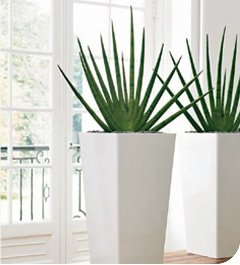
Plants are Nature’s Life Support System
Indoor plants and cancer
Indoor plants and cancer – is there a benefit? The jury is out within the home, but there was some evidence in the NASA labs environment with certain types of plants. Watch the little video a bit lower down on this page.
How pure is the air you breathe in your home?
It may be a shock for you to read that the US EPA, following extensive studies, ranks indoor air quality amongst the top 5 environmental health risks for human health. The World Health Organisation (WHO) also lists it as a high priority.
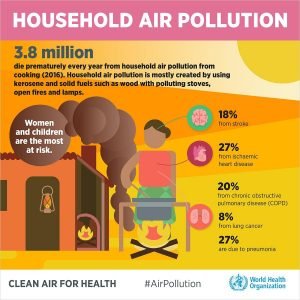
Our own CSIRO estimates that the health cost of poor indoor air quality could be as high as $12 billion annually, through absenteeism and poor productivity.
Smoke and air quality information for the whole of Australia can be found via the Bureau of Meteorology (BOM) website. Right now, Jan 2020, Australia’s air quality outside is measured to be the worst in the world due to the worst bushfires on record.
Indoor air pollution
(Vic EPA)
It is “important to consider the quality of your indoor air:
- It will not help if your home is full of smoke from cigarettes, incense or an open fireplace.
- Any gas or wood stoves for heating or cooking need to be properly flued so that pollution goes out through a chimney and not into your house.
- Any chemicals you use in your home will affect your air quality. This includes varnishes, paints, and glues as well as cleaning chemicals. Newly purchased particleboard or medium density fibreboard can also give off gases for many months.
If a chemical or product smells bad, it is probably bad for your health. Minimise your use of such chemicals, and when using them remember to open windows to ventilate your house. Consider natural alternatives and keep your home safe.”
As a child I remember, some of the homes we lived in were far from air-tight, we didn’t have air-conditioning in our first home and Mum would throw open the windows and doors at every opportunity to let the breeze flow through our home. We had fixed fans that we could move around the house to circulate the air too.
These days our homes are closed up tighter than ‘Fort Knox’, trapping foul odours from cooking and pets, ‘off-gassing’ volatile organic compounds (VOC’s) from furniture, paint and carpets, dust, and mould add toxic chemicals from cleaning products adds toxic gases to our home environment.
The air within our homes can make us very sick!
One simple solution is to bring nature indoors.
However, the scientific evidence is mixed. The argument is that there was data shown by NASA scientists in sealed environments. However, your homes are not sealed. Without doing controlled studies in people’s homes it is hard to give a formula or exact number of plants to include in your home. I have given an estimate further down on this page based on NASA data.
It is up to you really, it may be of benefit or maybe no benefit in terms of air quality, however it may improve your environment by making it more aesthetically pleasing, more comfortable and inviting from an emotional perspective regardless. It is really up to you.
Indoor plants – the evidence – the Wolverton NASA video was too slow to have on website.
If you were going to introduce plants into your home here are some suggestions of those know to reduced benzene, toluene, formaldehyde and other gases.
Golden Pothos
How to Grow Pothos?
Pothos vines do not cling to trellises and supports on their own, but they can be trained onto supports to give the appearance of twining. As indoor plants, specimens 9 meters are common, though most are kept much shorter. These plants can get leggy left unpruned. If allowed to dry out, the stems may become bare to the base, leaving leaves only on new growth. If you choose to let your pothos grow into a long vine, it can be secured on hooks along walls and over window frames. Vines left to grow on their own can get very tangled, so shake them loose every now and then to keep them from becoming a mess.
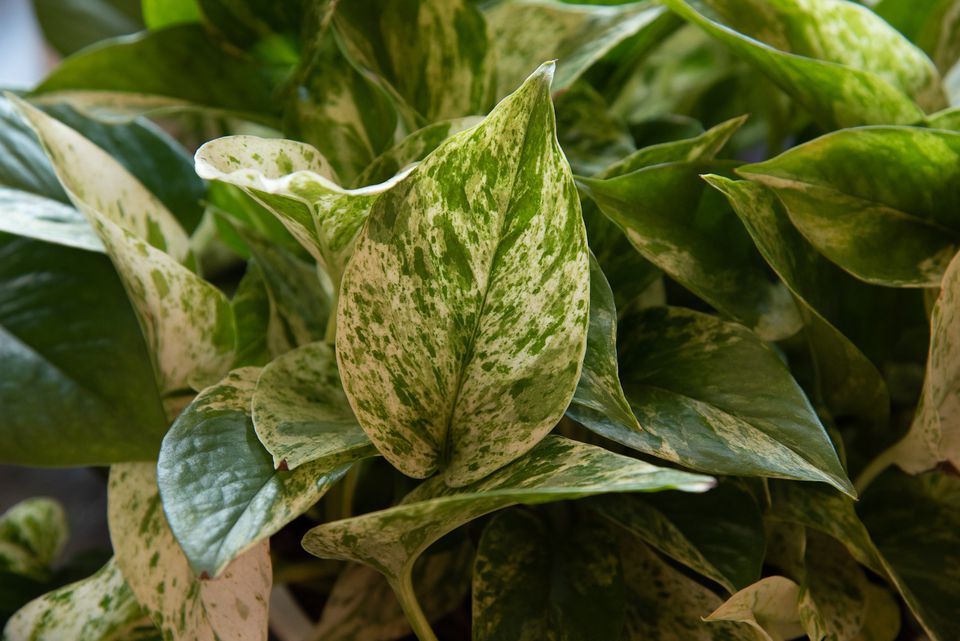
While normally grown as a houseplant, in some environments it can be grown outside. They will die back with the first frost, but you can always bring them back indoors or simply take cuttings.
Pothos are usually pest free, but they can get infested with bugs. Insecticidal soap works against them, but the easiest method is to simply dab the insects with an alcohol-soaked cotton swab.
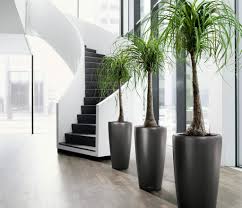
Plants are often cited as being the lungs of the earth; they produce the oxygen that makes all life possible, add valuable moisture and filter toxins from the atmosphere. Indoor plants may be able to perform these same essential functions in your home or office with similar efficiency to a rainforest.
Lungs of the Earth

There’s been a lot of research over the last few decades on the ability of plants to remove contaminants from the air; most notably by Dr B.C. Wolverton as part of the ‘NASA Clean Air Study’ in 1989, and more recently by Professor Margaret Burchett at the University of Technology in Sydney.
THE VERDICT – Plants are highly efficient at lowering the concentration of volatile organic compounds (VOC’s) in the air from quite high levels to below 100 (parts per billion) ppb!
What Exactly Can Plants Do to ‘Clear the Air’?
- First and foremost, they absorb carbon dioxide (CO2) and produce oxygen (O2),
- Refreshed air = increased concentration and productivity,
- Balance humidity levels to optimum levels for human health = lower risk of viral (rhinovirus) and infectious disease,
- Certain plants are proven to remove toxic airborne contaminants, such as:
- Formaldehyde,
- Benzene,
- Trichloroethylene,
- Acetone,
- Xylene, and
- Mould and bacteria.
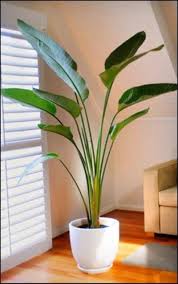
Indoor plants also enhance your home’s decor and provide a perceived cooling and calming effect. Studies have shown that workers prefer to spend time in offices occupied by plants; there’s a ‘feel good factor’ and a perceived connection to nature.
Suitable Plants to Grow Indoors
Not all plants are suitable for growing indoors, after all, we are removing the natural requirements that they need to thrive; sunshine, rain, and fresh air. Plants suitable for growing indoors are typically from subtropical climates, where they are used to growing in dappled light conditions.
Studies have shown that the plants I have listed below provide some of the best air filtration properties and are most suitable for surviving an indoor environment.
Here are a few ideas
Areca Palm – High indoor tolerance, high capacity to remove VOC’s, and produces copious amounts of moisture.

Boaston Fern – Number 1 at removing formaldehyde, often at up to 2 a mg/hr, great humidity controller.
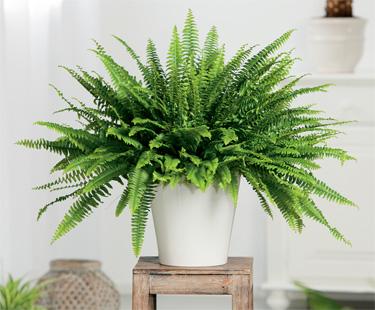
Mother in Laws Tongue – Very hardy, with low light and water requirements, Sansevieria trifasciata makes a great bedroom plant as it produces oxygen and removes carbon dioxide during the night.
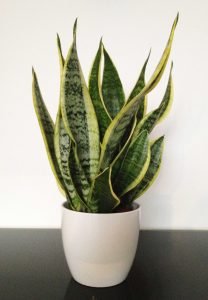
Peace Lily – A pretty plant known for its ability to filter a wide range of toxins such as formaldehyde, trichloroethylene, benzene and acetone. I have this my office.
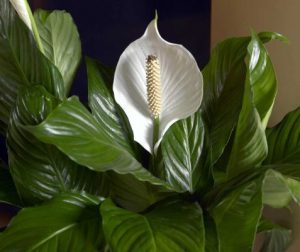
Bamboo Palm – Another exotic looking plant, chamaedorea seifrizii is known for its ability to filter a wide range of toxins and a high resistance to pests.
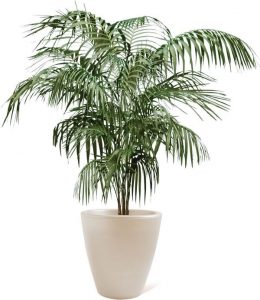
Rubber Plant – Probably the most well-known of all indoor plants, ficus robusta, is renowned for being low maintenance and with a pronounced ability to remove formaldehyde from the air.
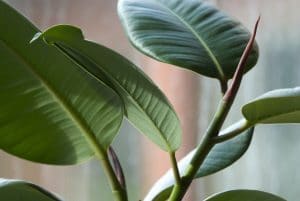
Aloe Vera – Popular in herbal cosmetics (is the base of the certified organic cosmetics I use).
Aloe Vera is terrific at producing oxygen and absorbing carbon dioxide while you sleep; a great plant for the bedroom (most plants release oxygen only during the daytime). I have this in my office and throughout my house and it is easy to strike.
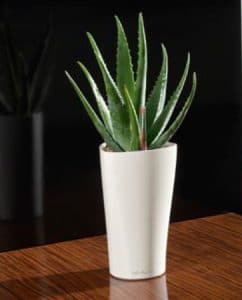
Dragon Tree – One of the best plants for removing trichloroethylene and xylene from the air; a terrific architectural plant.
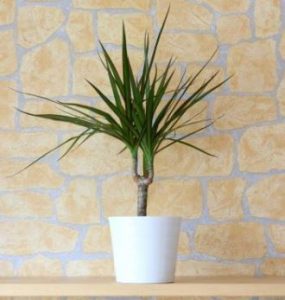
There are plenty of other plants that are suitable for growing indoors, such as the Gerbera Daisy, Kentia Palm, Zebra Plant, Bromeliad, Moth Orchid, Parlour Palm, Dumb Cane, Spider Plant, Prayer Plant and Philodendron.
The plants described above are a good start; once you start it’s pretty hard to stop.
How Many Plants is Enough?
I’ve seen homes devout of plants and others that feel like you’ve entered the jungle. The NASA study suggested as a rough guide 1 plant (15 – 20 cm [6-8 inch] pot) for every 9.3 sqm. [100 sq. ft.] of living space.
I like the idea of having a plant or two in each room in the house, or maybe more.
How indoor plants and cancer play out for you is up to your home environment. The thing is it is worth trying, it won’t hurt and will make your home aesthetically pleasing and calming.
Care Tips for Indoor Plants
Use the best potting mix available and add water crystals to help keep the plants hydrated, especially when you go to hospital or on holidays.
- Watch plants placed near windows as they can burn easily; particularly in the hot summer sun,
- Try to keep plants away from heaters as they can burn and dehydrate,
- Clean the leaves with a soft cloth dampened with water to keep them glossy and healthy,
- Prune regularly,
- Water as required but don’t drown them; brown tips on the leaves will indicate a problem; too wet or too dry, you will need to find the right balance,
- Fertilise monthly with a good seaweed fertiliser,
- Plants acclimatise slowly to new environments, try not to move them around too often, they may get stressed and become susceptible to disease, and
- Treat them like your best friends and look after them and in kind, they will look after you.
Indoor plants and cancer reduction can be something you can aim for!
ENJOY.
Yours in good health,

References
Bureau of Meteorology smoke and air quality page (BOM) website
Wolverton B.C. NASA Clean Air Study 1989, (NB: archive web link slow so removed from this website, but original source reference is https://ntrs.nasa.gov/archive/nasa/casi.ntrs.nasa.gov/19930073077.pdf)
CSIRO Brown (1998) Beating the $12 Billion Cost of Polluted Air. CSIRO Press Release, Ref 98/55.)
Heid M. Can Indoor Plants Really Purify the Air? Time 2018
Professor Margaret Burchett at the University of Technology in Sydney
